What are 252K, 16.7M, and 1.07B?
Are you familiar with the terms 252K, 16.7M, and 1.07B? If not, we will let you know; it is simply another way of pointing out 6-bit, 8-bit, 10-bit. Still confused?
If so, do not worry about that. Today we will talk about 6-bit, 8-bit, 10-bit. These are color depths, and the color depth defines a display's color range. In other words, these are colors that a monitor or other equipment can display. You will get a better idea about this in the next section.
When digital photography has become more complicated, and with every passing day, new devices are released to the market; Nowadays, we have 4K recording devices with over 60 frames per second. So, you are welcome to choose any widget. But, before that, you will need proper knowledge about various color depths. For a photographer, knowing those kinds of specs is crucial.
Color Depth
What Is Color Depth?

As mentioned above, the color depth is the number of colors that a monitor or other equipment can display. For instance, an 8-bit portable computer monitor can display 256 tones, and a 16-bit monitor can display up to 65,536 tones. You will get a better idea after the mathematical part of this article. So, let's find out about these 6-bit, 8-bit, and 10-bit displays.
Color Gamut vs. Color Depth

Think of color depth as the total number of colors a screen can display, while color gamut is all about the variety of colors available within a specific palette (like sRGB, Adobe RGB, or DCI-P3). So, even if a 10-bit display supports a wide gamut like DCI-P3, its real performance depends on the bit depth and how fully it covers that color range. Think of color depth like crayons in a box. 10-bit means over a billion shades. Color gamut is how big the coloring page is. Even with tons of crayons (10-bit), you can't color outside the lines (DCI-P3/sRGB limits). A cheap "10-bit" screen might have fancy crayons but only let you draw on a post-it note.
However, color gamut and color depth are synergistic. A wide color gamut (e.g., DCI-P3) requires higher bit depth to avoid banding, as the increased color range amplifies visible gaps between adjacent tones. For example, 8-bit color may show more banding in DCI-P3 than in sRGB, even with the same bit depth.
Tone
Before starting the next section, we need to talk about the tone.
So, what is the tone in each color depth?
It is the mixture of the pure colors of a given color depth. In digital imaging, "tone" here refers to the number of distinct luminance or chrominance levels a pixel can represent, which is determined by the bit depth. What you need to realize is that not all colors are pure. Pure colors (base hues) are defined by maximum channel values (e.g., RGB 255,0,0 for pure red), while tones include intermediate values through channel mixing. For instance, a 2-bit color depth has four tones.
2^2 = 4 tones
This corresponds to 2 bits per channel in grayscale systems. However, in RGB color models, total colors would be (2^2)^3 = 64 colors if applied per channel (uncommon in practice). But this is not the number of colors. The distinction is critical: bit depth defines tonal gradations per channel, while total color combinations require exponential calculation across all channels. Finding several colors is not that difficult, and you will get to know about this in the next section.
Note: In professional contexts, "tone" is often superseded by precise terminology:
- Bits per pixel (bpp) for total color information
- Bits per channel (e.g., 8-bit R/G/B) for component precision
- Gamut coverage for color range limitations
What is 6-bit?
A 6-bit color per channel will display 64 tones. It simply looks like the following.
2^6 = 64 tones
When considering 6-bit, we need to consider red, blue, and green colors. So, 6-bit means 6-bits of Red, 6-bits of Blue, and 6-bit of Green. Therefore, the number of colors in a 6-bit:
Total colors = 64 tones(R) x 64 tones(G) x 64 tones(B)
= 262,144 colors
We hope that you get a clear idea about the math part. So, if you have a 6-bit display, it can store up to 262,144 color information. However, most modern 6-bit panels use dithering techniques (e.g., Frame Rate Control, FRC) to simulate higher bit depths, which may achieve near 8-bit color performance visually. These displays are common in entry-level TN panels and some budget monitors. However, FRC may introduce subtle flickering or noise patterns in static images, particularly on slower refresh rate panels.
What is 8-bit?
Here we follow the same procedure as in the above section. 8-bit color will display 256 tones.
2^8 = 256 tones
When we consider 8-bit, we need to consider red, blue, and green colors. So, 8-bit means 8-bits of Red, 8-bits of Blue and 8-bit of Green respectively. Therefore, number of colors in an 8-bit:
Total colors = 256 tones(R) x 256 tones(G) x 256 tones(B)
= 16,777,216 colors
So, if you have an 8-bit display, it can store up to 16,777,216 color information; this means an 8-bit portable computer monitor can store up to 16.77 million colors. True 8-bit panels are standard for professional photo/video editing and can fully cover the sRGB color space.
What is 10-bit?
What about the 10-bit displays? The 10-bit color will display 1024 tones.
2^10 = 1024 tones
When we consider 10-bit, we need to consider red, blue, and green colors. So, true 10-bit means 10-bits per channel for all three colors (R, G, B). Therefore, the number of colors in a 10-bit:
Total colors = 1024 tones(R) x 1024 tones(G) x 1024 tones(B)
= 1,073,741,824 colors
So, if you have a 10-bit LCD, it can store up to 1,073,741,824 color information; this means a 10-bit portable computer monitor can store up to 1.07 billion colors.
Higher bit depth improves color gradation but does NOT expand color gamut (e.g., a 10-bit display with sRGB gamut still covers the same colors as 8-bit sRGB, but with smoother transitions).
The average human eye can distinguish about 10 million colors, making 8-bit sufficient for most users. 10-bit benefits become apparent in precise color editing or HDR content. Simply put, the human eye is susceptible to color banding in gradient areas (e.g., sky, shadows), and higher color depths (e.g., 10-bit) solve this problem with smoother transitions, even if the total number of colors exceeds the limits of the human eye.
Many "10-bit" consumer monitors are actually 8-bit + FRC,.You can check panel specifications for "true 10-bit" or "8-bit + dithering". Furthermore, HDR standards (e.g., HDR10) mandate 10-bit color depth to achieve finer luminance gradations and avoid banding in high-contrast scenes. True 10-bit displays are essential for meeting HDR certification requirements alongside wide gamut coverage (e.g., DCI-P3 or Rec.2020).
What is the difference between the 10-bit, 8-bit, and 6-bit?


You might have a good idea about the differences between these three different color depths. If we summarize the points that we have learned so far:
- A 6-bit monitor will display 262,144 colors.
- An 8-bit monitor will display 16,777,216 colors. It has 64 times more color information than the 6-bit version.
- A 10-bit monitor will display 1,073,741,824 colors. It has 64 times more color information than the 8-bit.
Note: Consumer displays often use 8-bit+FRC (Frame Rate Control) to simulate 10-bit through temporal dithering, while true 10-bit panels are native and avoid dithering artifacts. Professionals working with static images (e.g., photo retouching) may prefer native 10-bit panels to avoid FRC artifacts.
So, you can understand clearly that 10-bit color depth is richer and more informative with colors. In addition to it, there are advantages and disadvantages to 10-bit colors.
Advantages of 10-bit
- High-quality color accuracy with images.
- Smoother color gradients, finer shadow details, and lesser color banding.
- Wide range of color gradations that better align with human vision perception thresholds.
- Enhance capabilities for HDR videos and future-proofing for emerging HDR standards.
- Improved color precision for professional color grading applications.
- Better compatibility with modern cinema cameras' raw output formats.
Disadvantages of 10-bit
Even though 10-bit can display more than one billion colors, the human eye cannot discern that much color information. Here are some disadvantages of a 10-bit color display. Moreover, practical implementation faces multiple challenges:
You will need a very high data bandwidth to display those high colors(HDMI 2.0+ or DisplayPort 1.4+ connections minimum)). Usually, these video cards and monitors use DisplayPort connectors.
Even though your graphics card renders increase up to billion colors, the color gamut of your display is considerably less than the expected amount. For instance, a display device with an ultra-wide color gamut with 10-bit capabilities cannot render all the colors.
If you are looking for a 10-bit display device such as a 10-bit portable computer monitor, you will have to invest a considerable amount of money. These devices are expensive, and also, as mentioned earlier, you will need a higher data bandwidth. So, setting up a 10-bit display will cost you some money; this is one of the reasons why we won't recommend it to home consumers. Additionally, 10-bit color requires full system support: GPU drivers must output 10-bit signals, software applications (e.g., Photoshop, DaVinci Resolve) need to enable 10-bit processing, and cables/ports (DisplayPort 1.3+ or HDMI 2.0+) must support the required bandwidth. Partial implementation may negate benefits.
How to Find Out the Bit Depth?
Most of the professional displays use 10-bit color support. But most home consumers cannot recognize the bit depth of their display devices. Because manufacturers do not list the bit depth; instead, they record the number of colors.
So, if your monitor is listed as 16.7 million colors, it should be an 8-bit monitor. If it is listed as 16.2 or 16 million, it should be a 6- bit monitor; this is the easiest way to find the bit depth. Prosumer monitors often use 8-bit+FRC for cost-effective '10-bit' simulation, while professional-grade displays provide true 10-bit panels with hardware calibration and wider gamut coverage. Always verify panel specifications through third-party reviews or manufacturer datasheets.
Wrap Up
We hope you can get a proper understanding of the 252K, 16.7M, 1.07B. So, next time you buy a 10-bit portable computer monitor, you will know how to act.




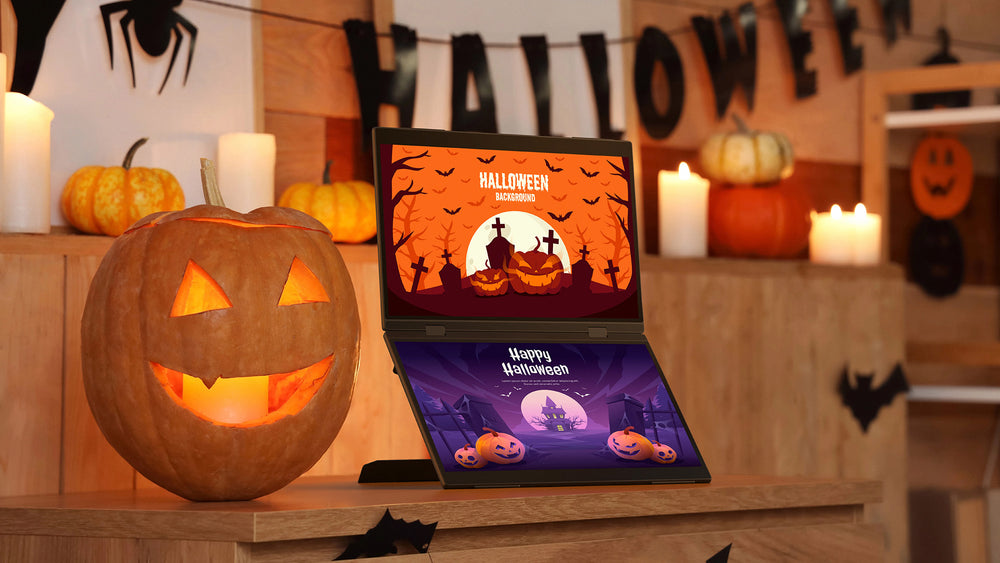
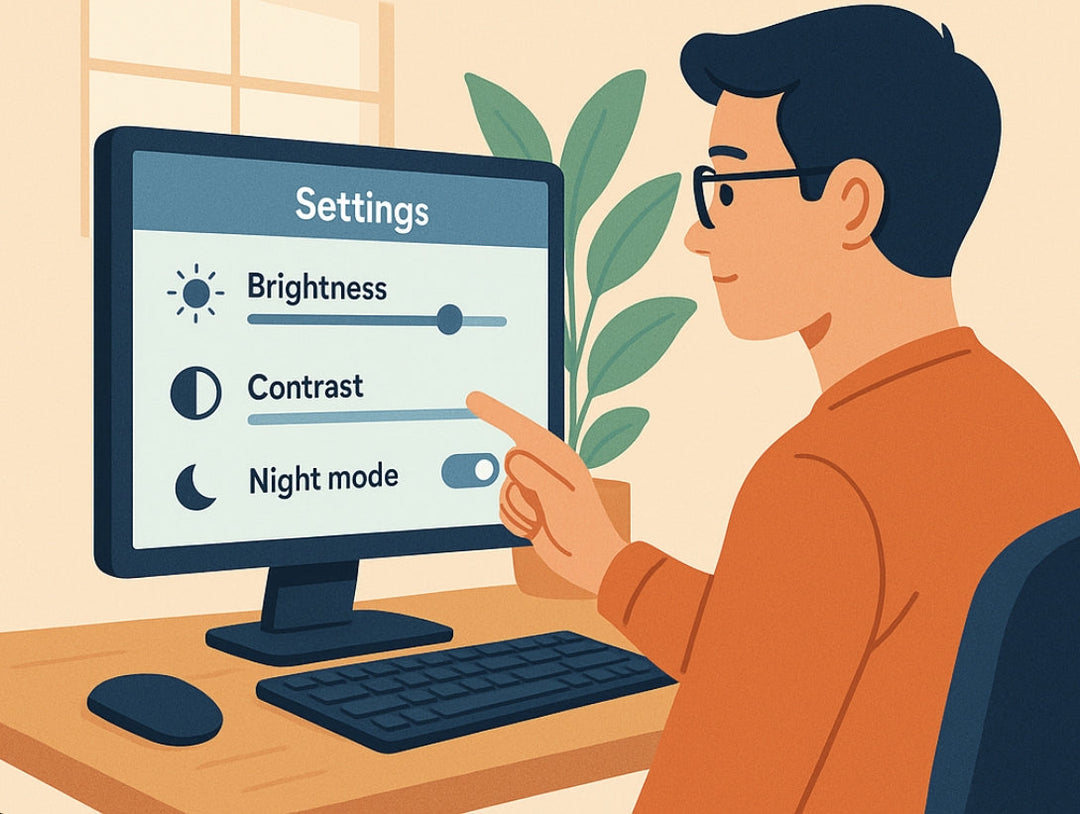
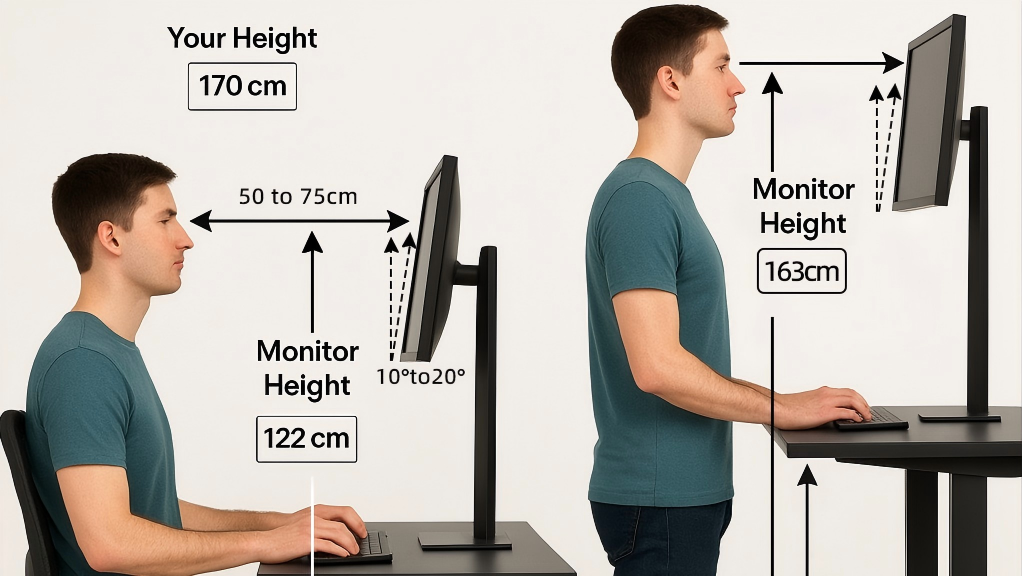
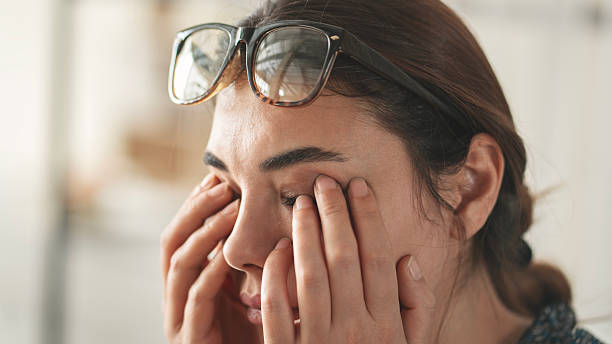
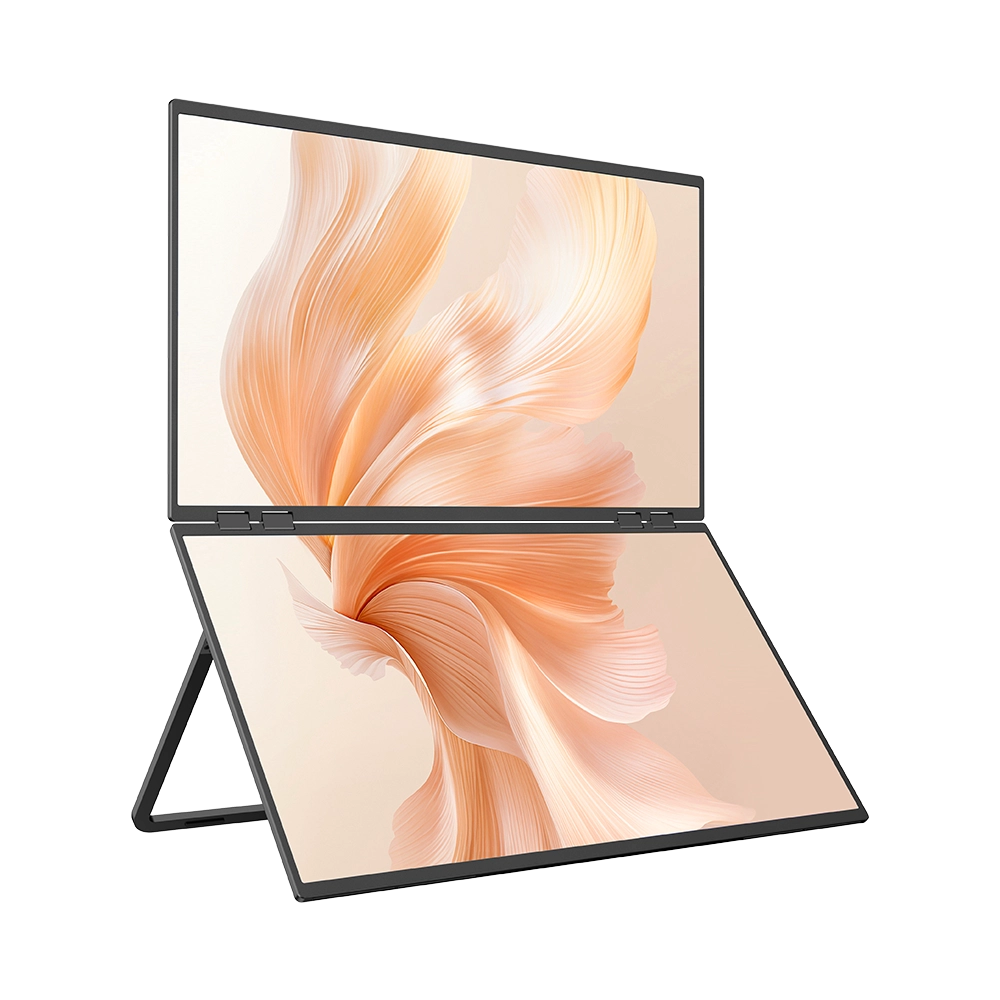
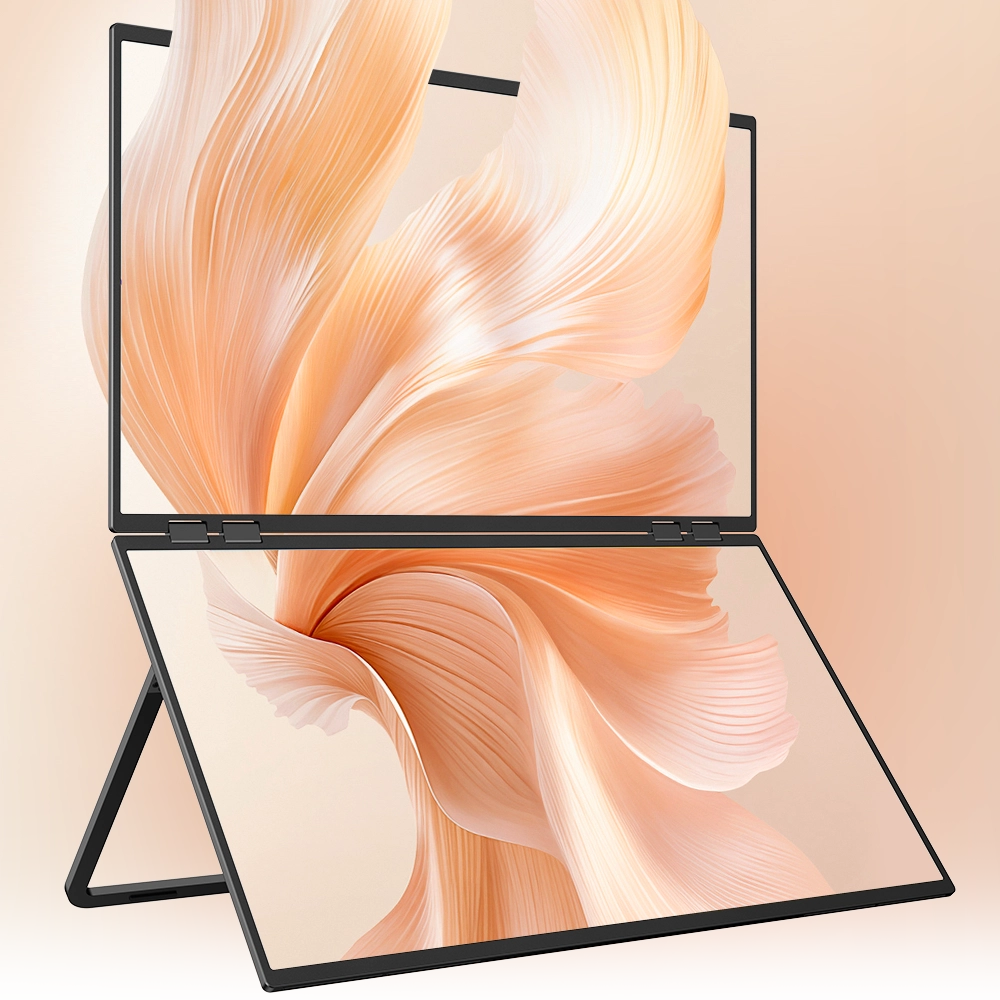
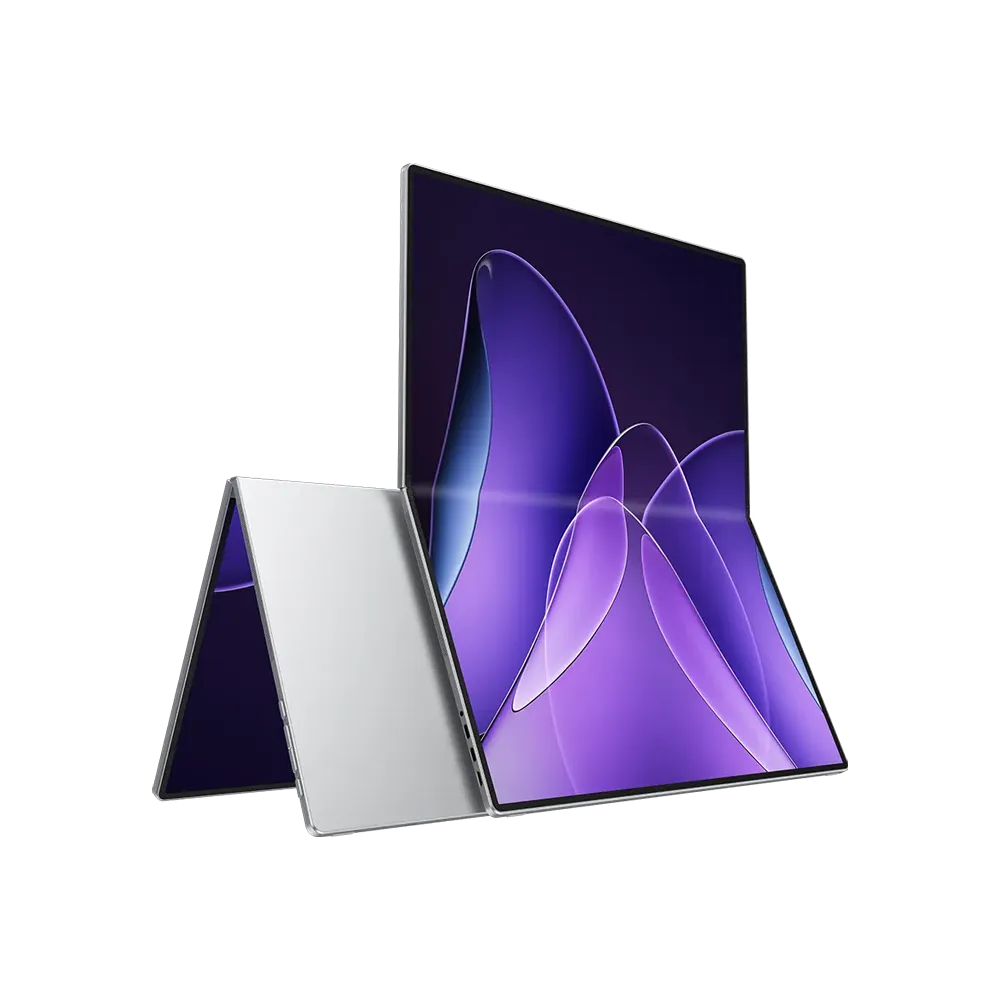

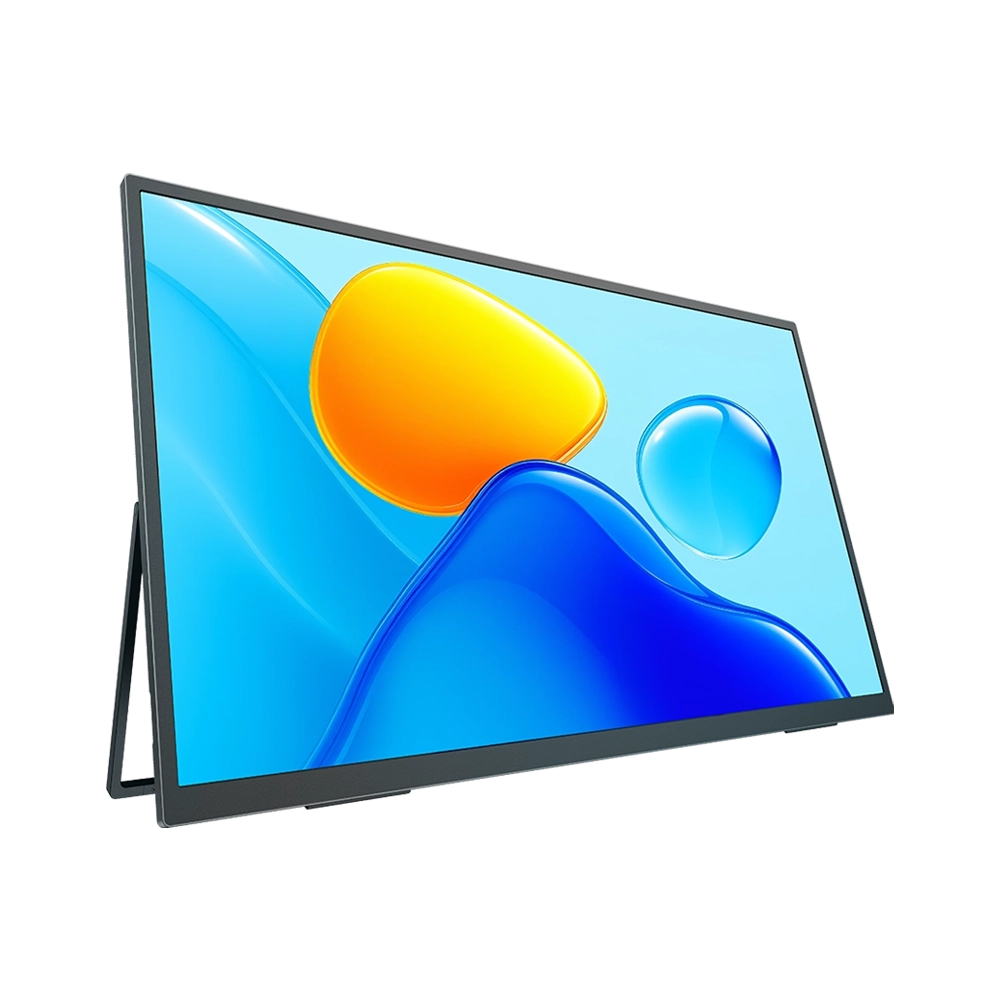
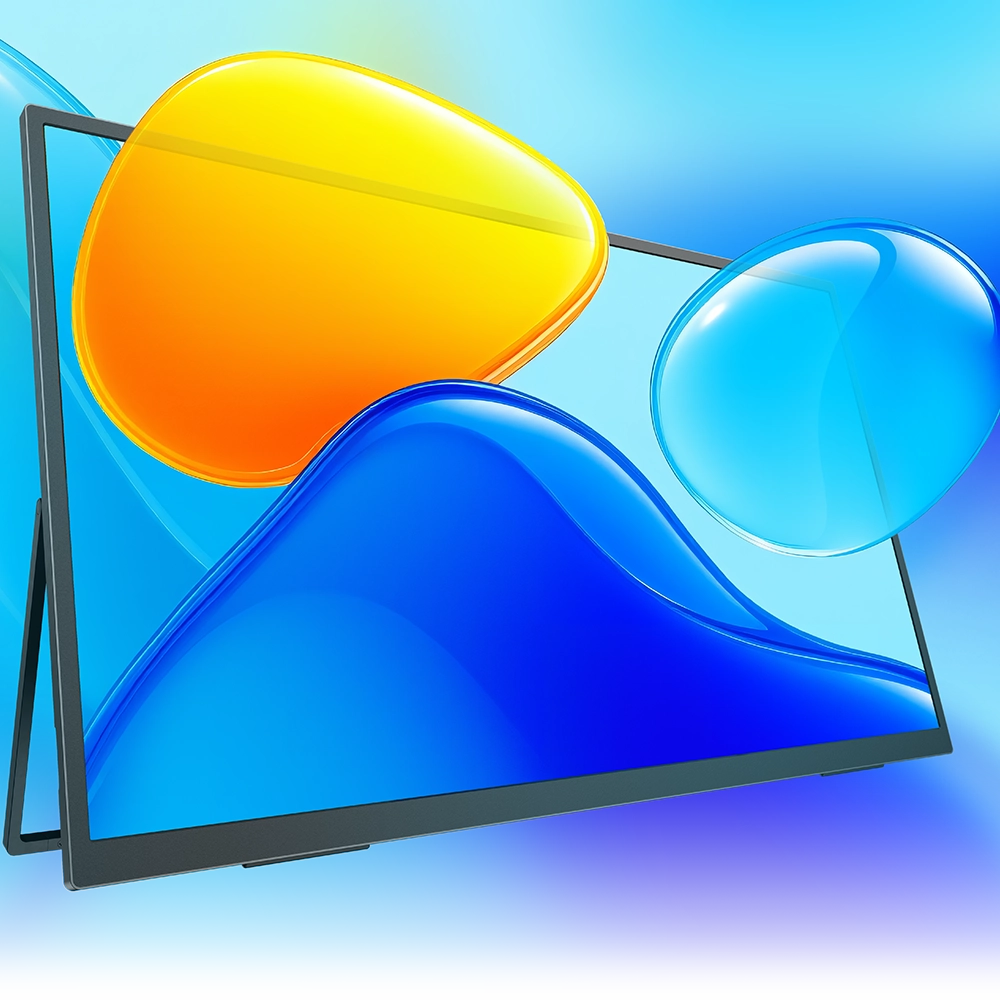
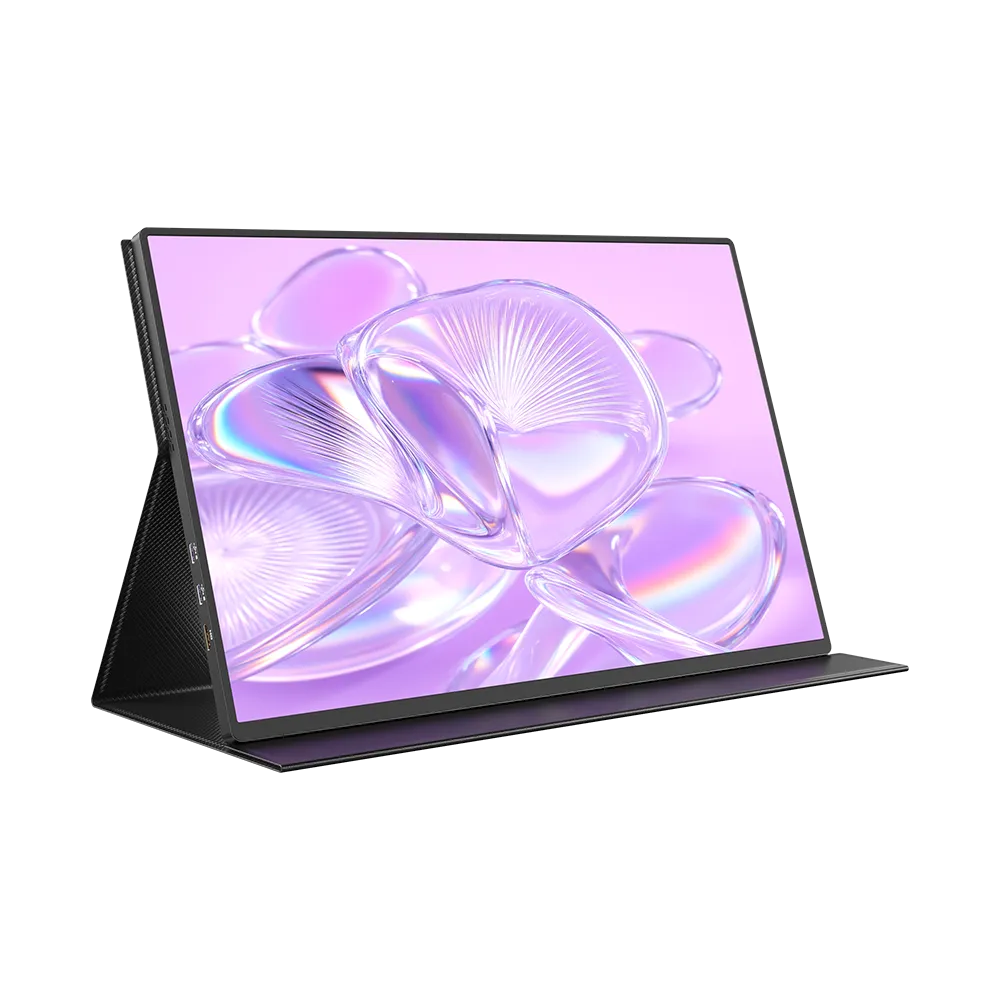
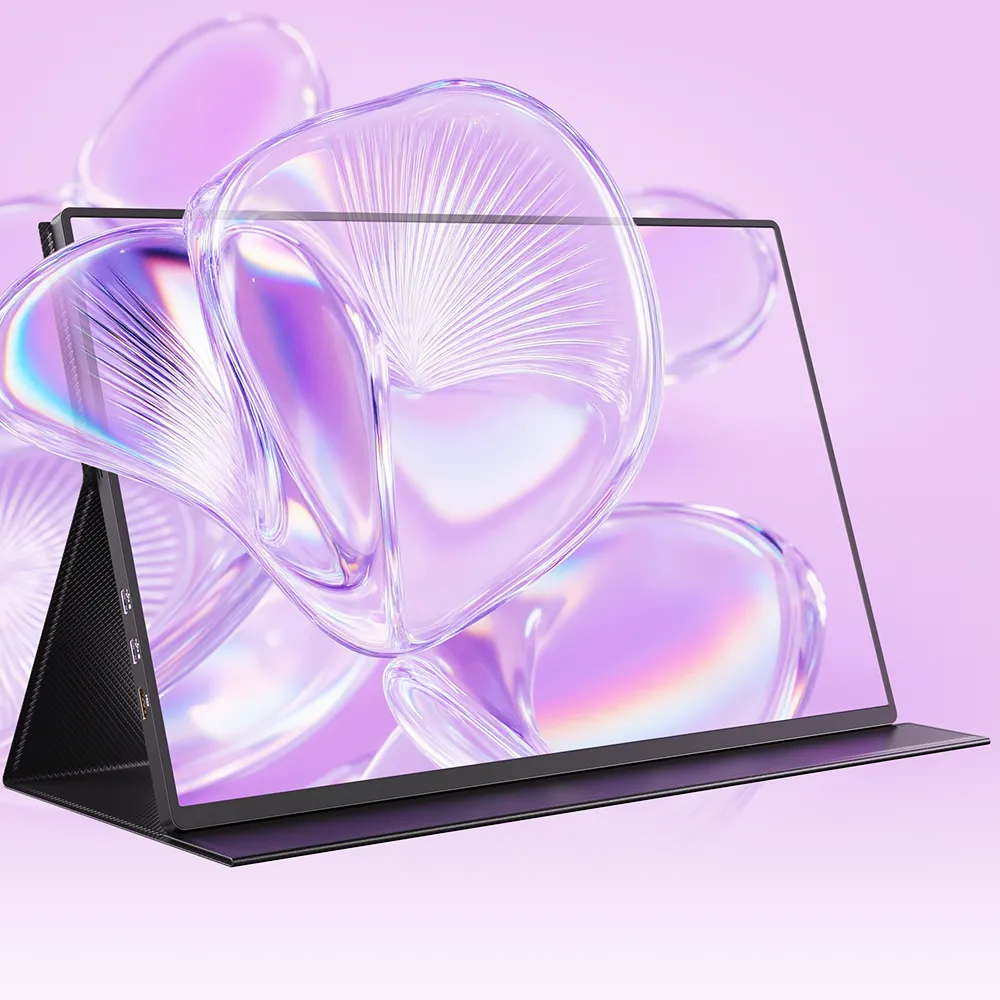
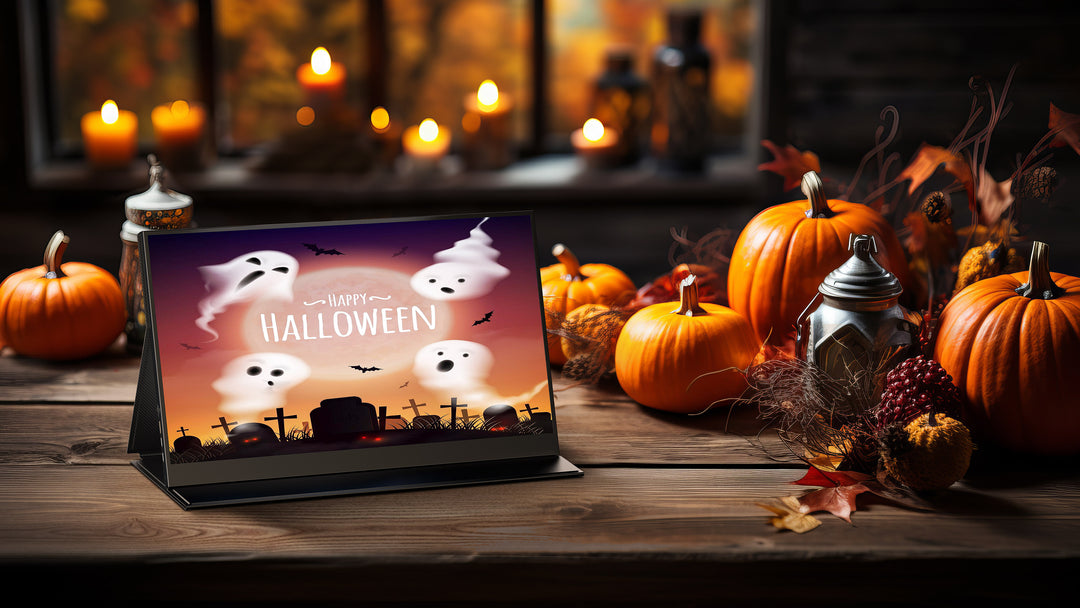


Total colors = 256 tones® + 256 tones(G) + 256 tones(B)
= 16,777,216 colors
this makes no sense. typo? maybe 256 * 256 * 256 ?
———
UPERFECT replied:
Sorry for the typo, we just correct it, thank you.
Sales | UPERFECT, Perfect You Life.
Leave a comment